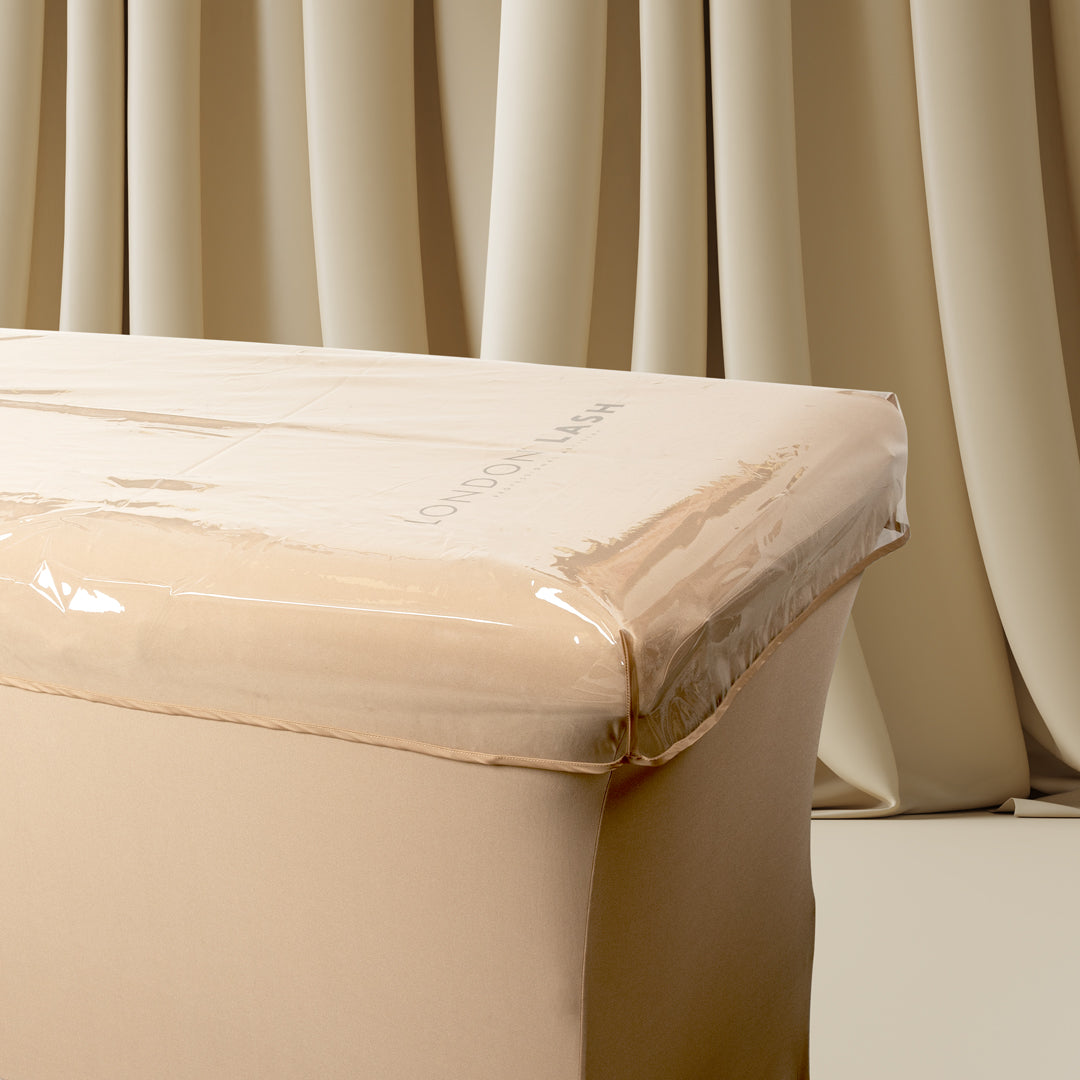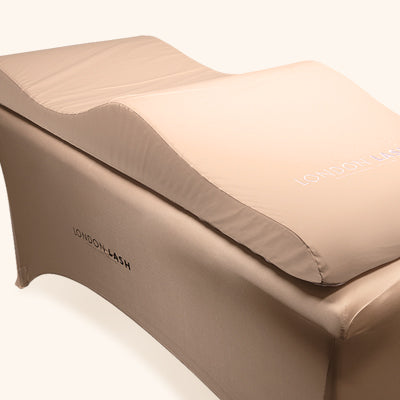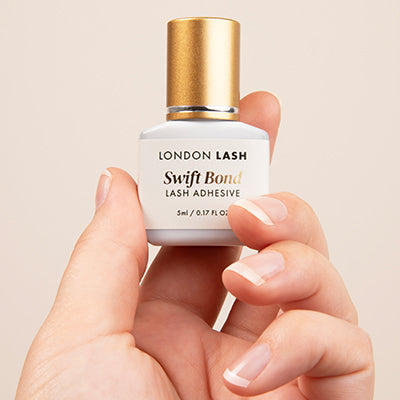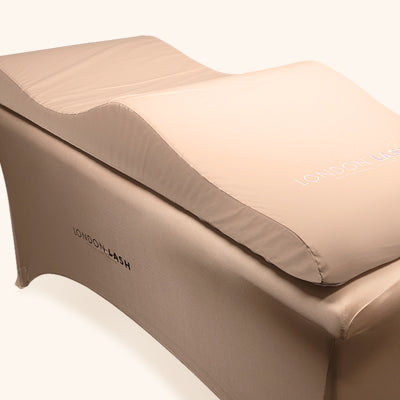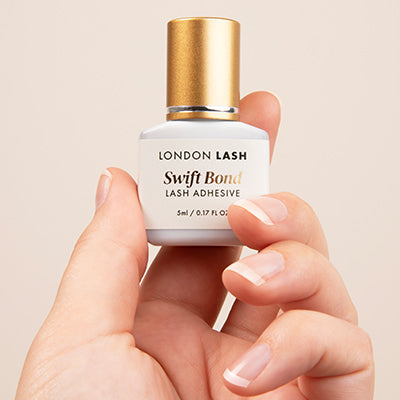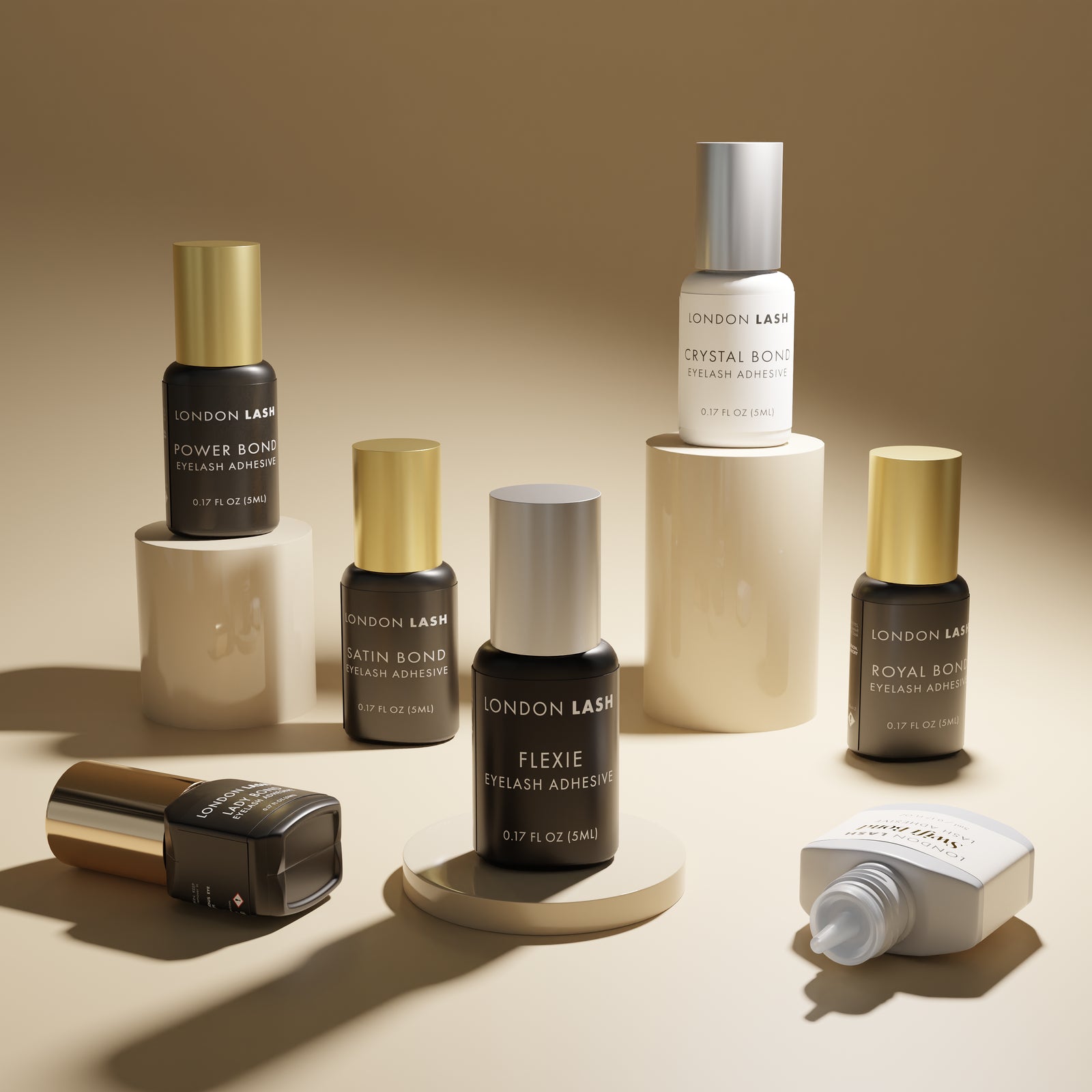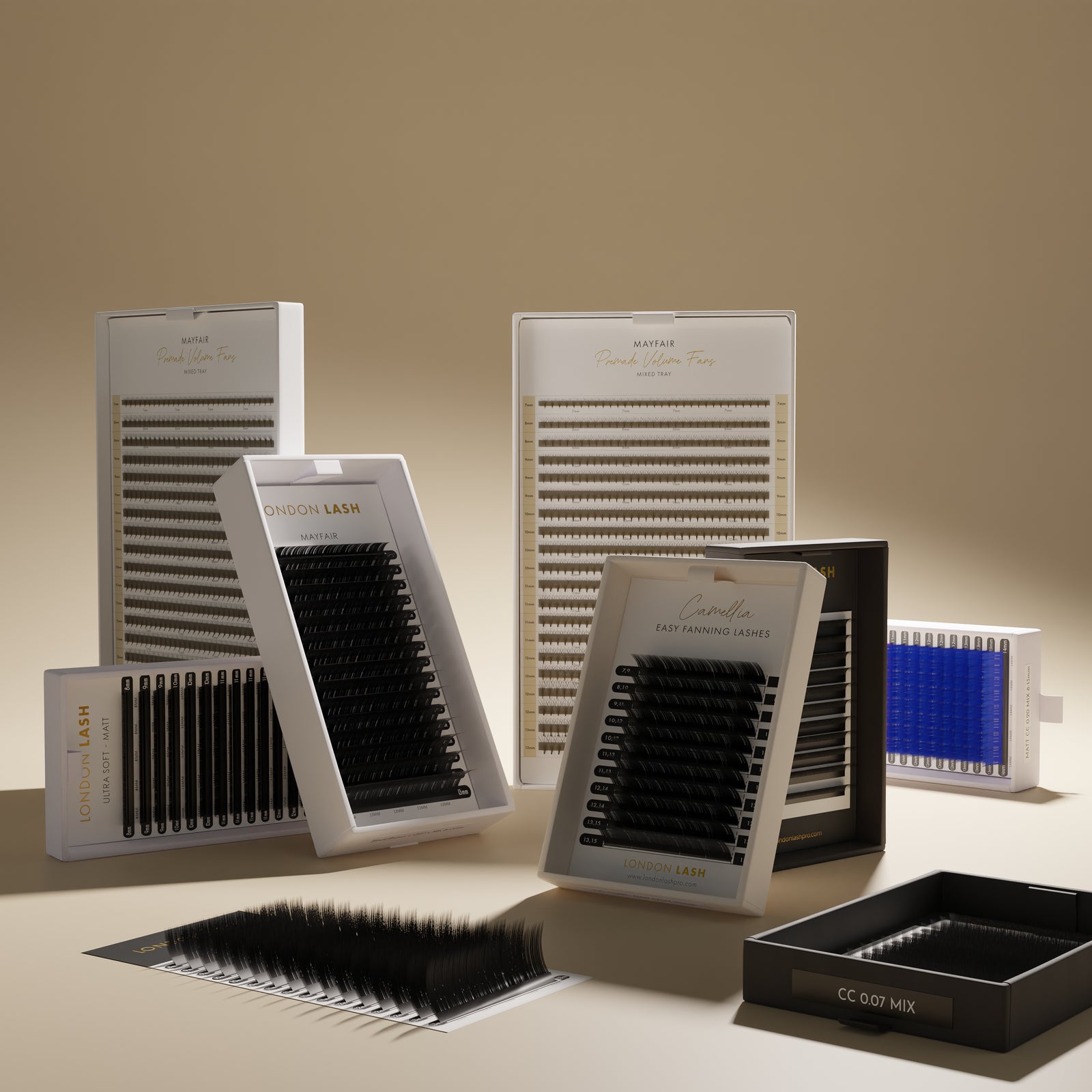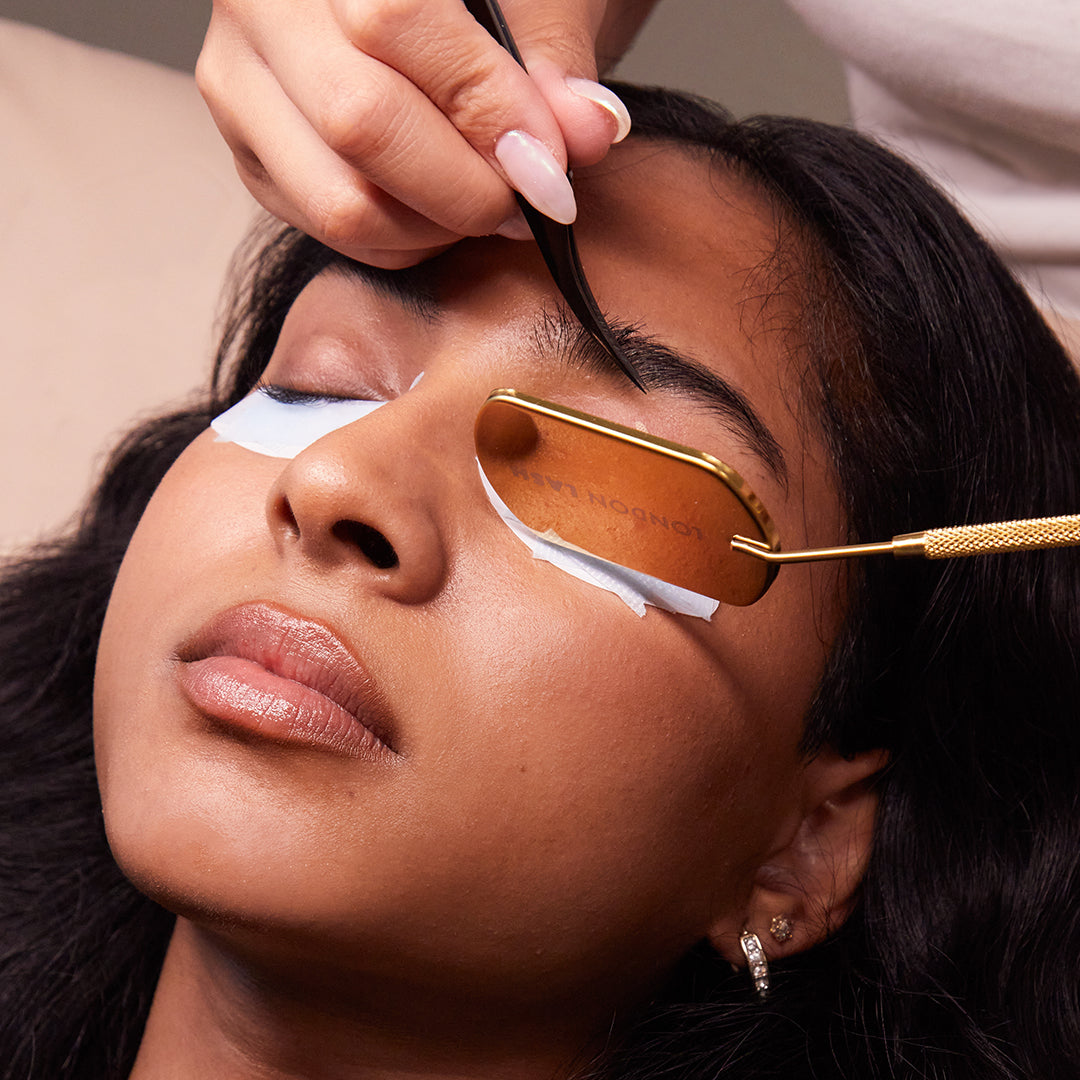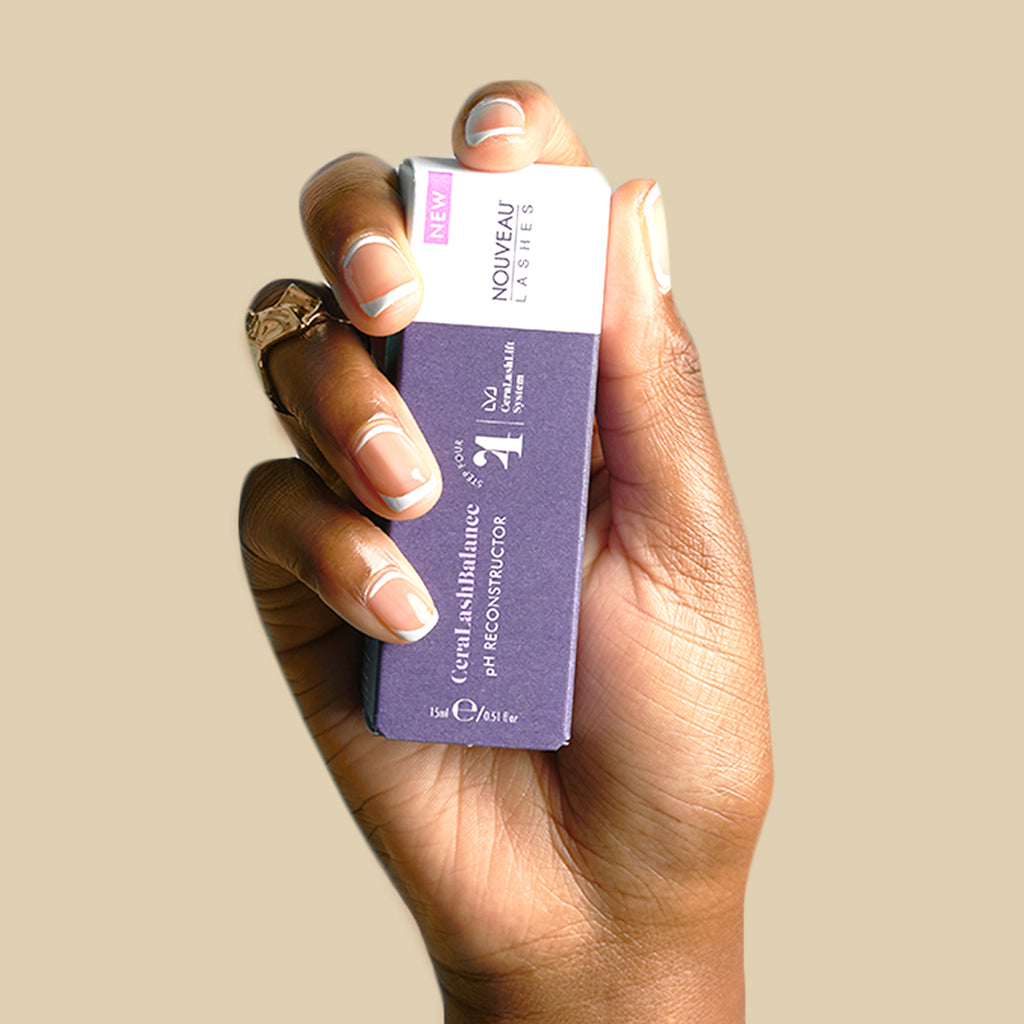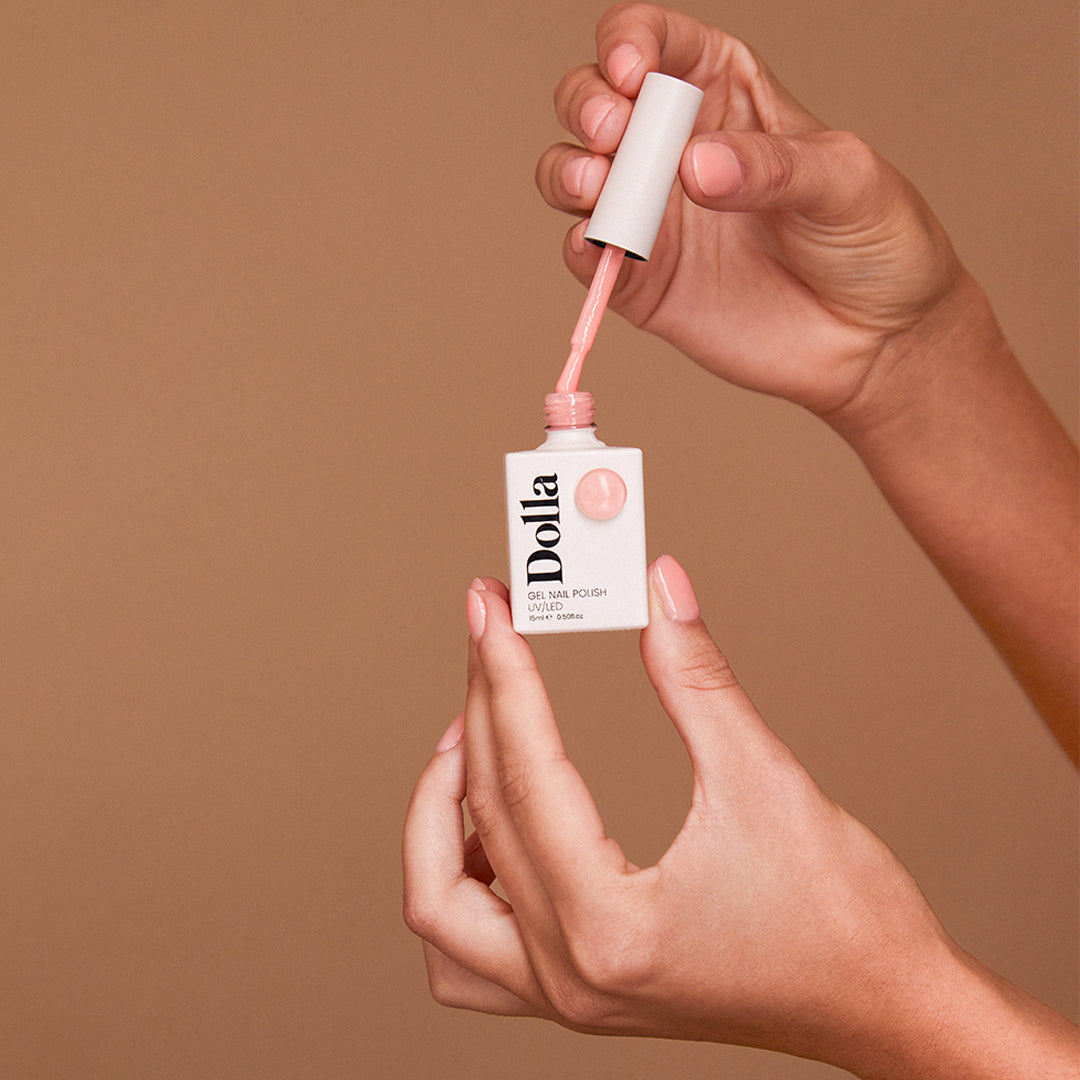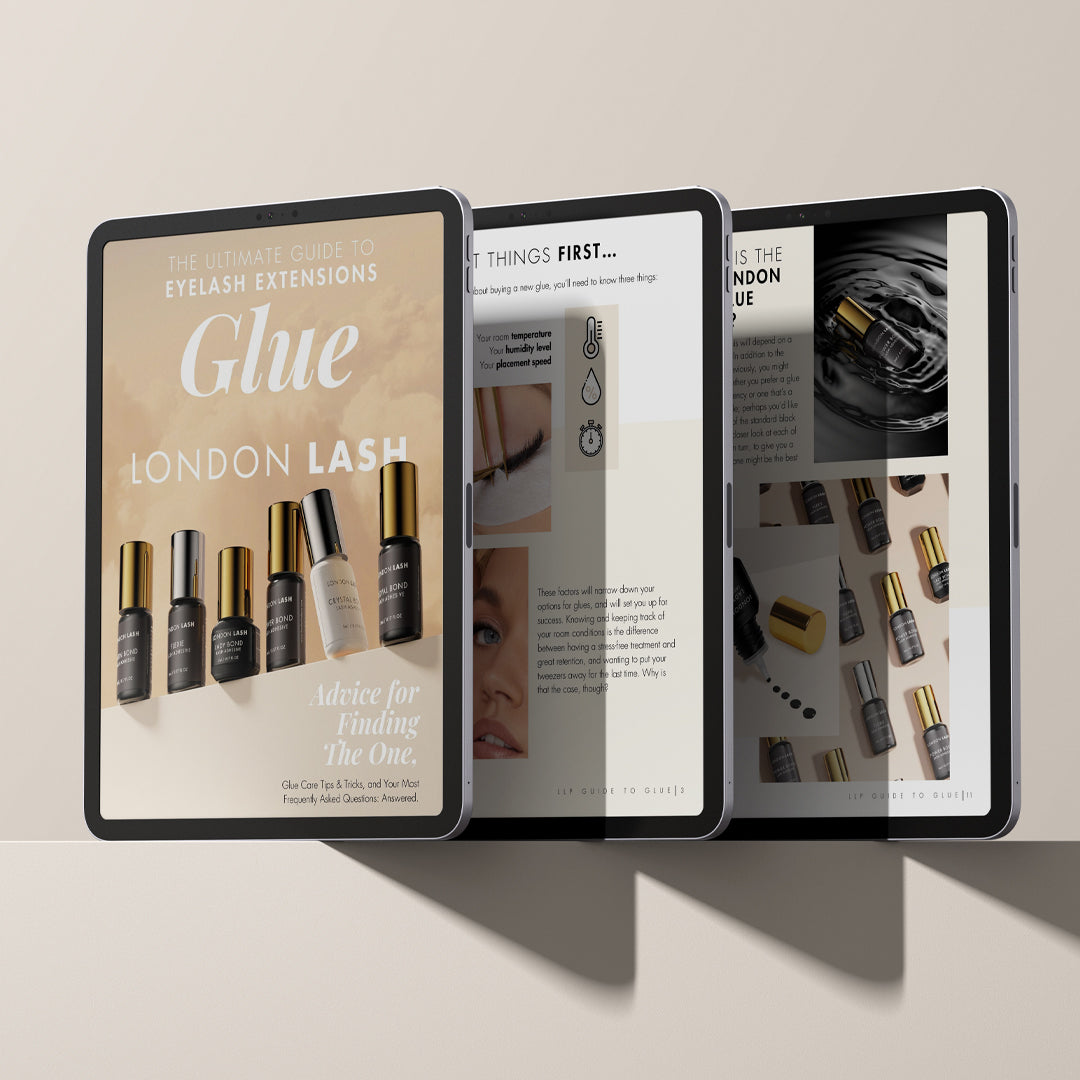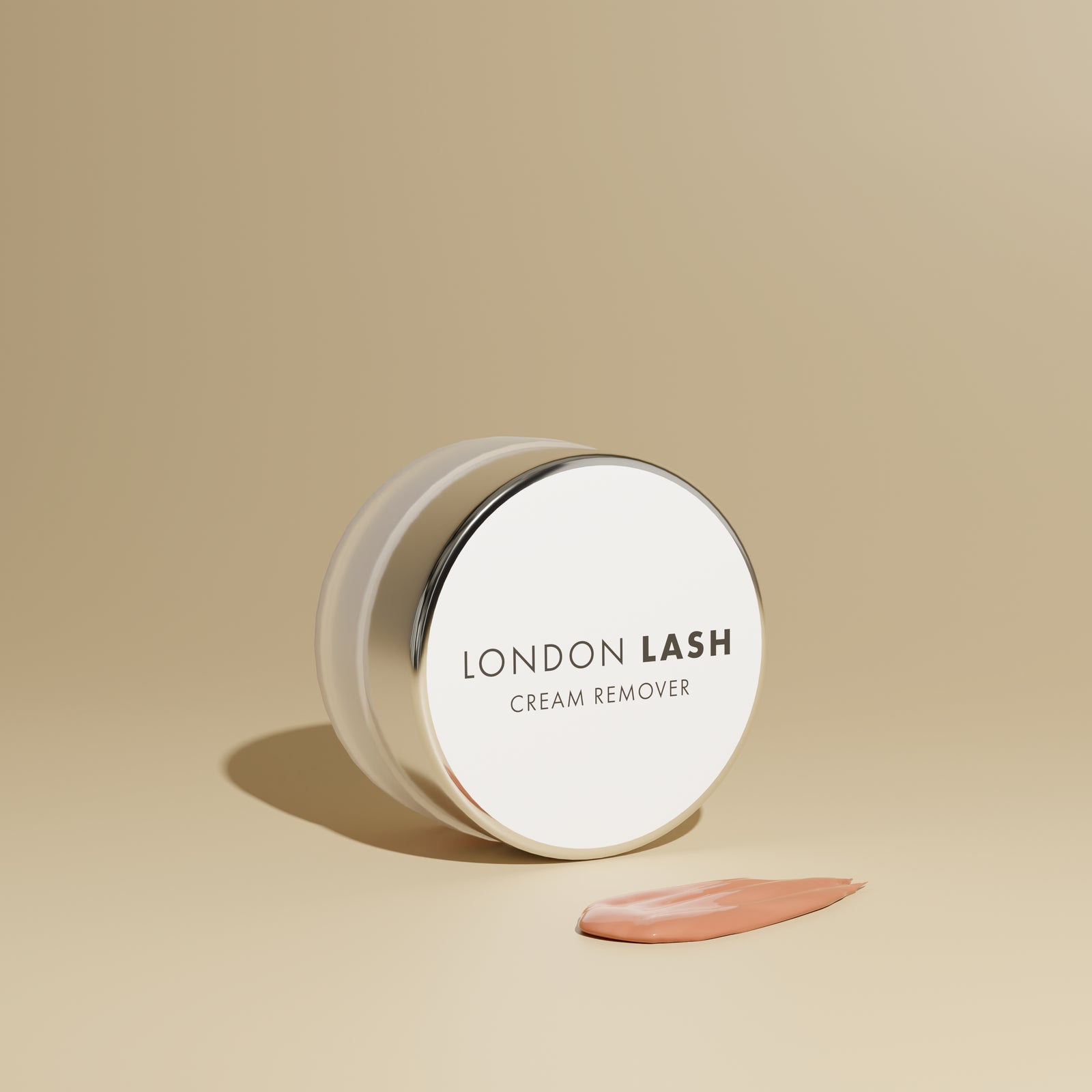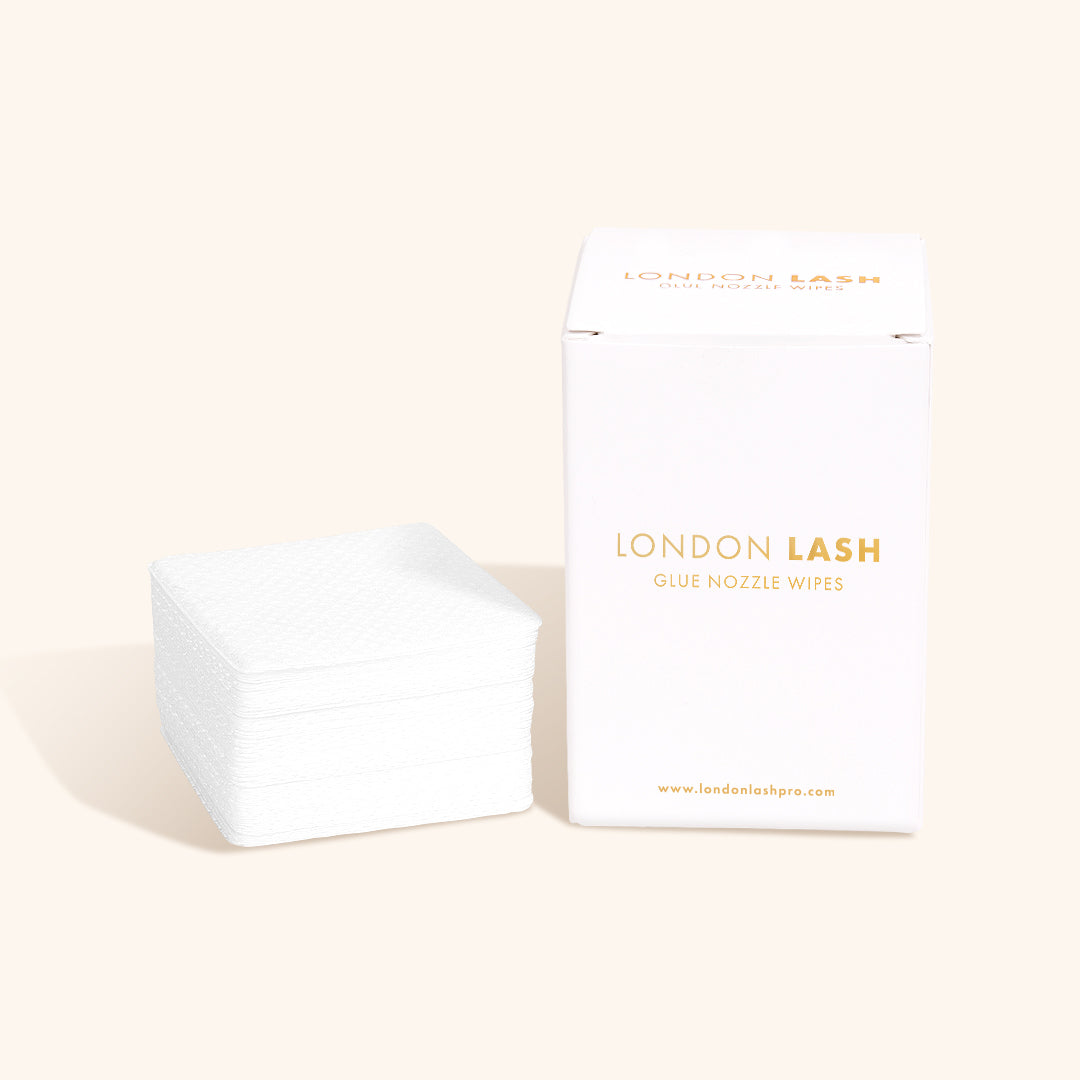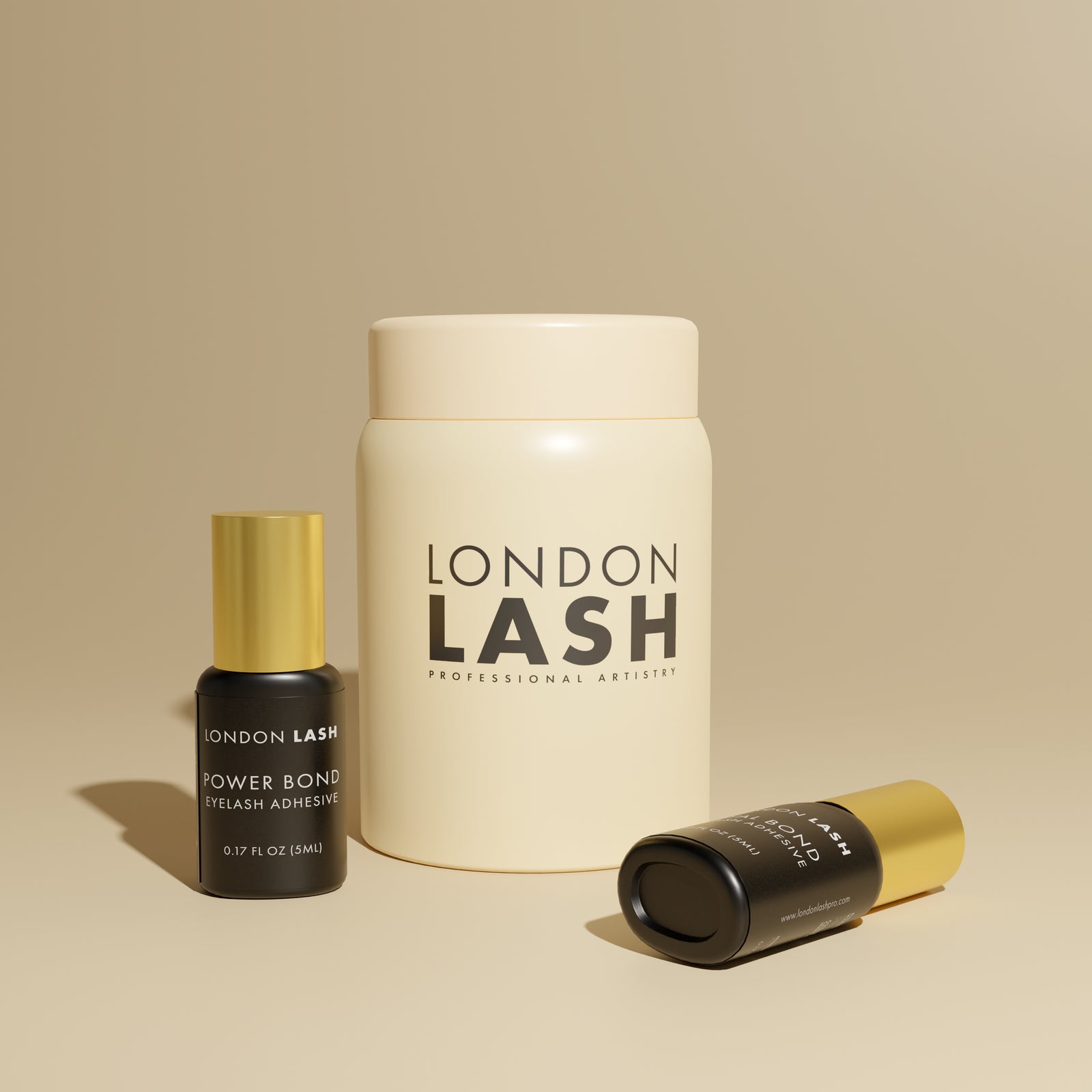New In
Glues & Liquids
Lashes
LASH LIFT
Dolla Nails Pro
Online Training
Save up to 57% off
5 Top Tips for Avoiding Shock Polymerization
August 25, 2021 5 min read
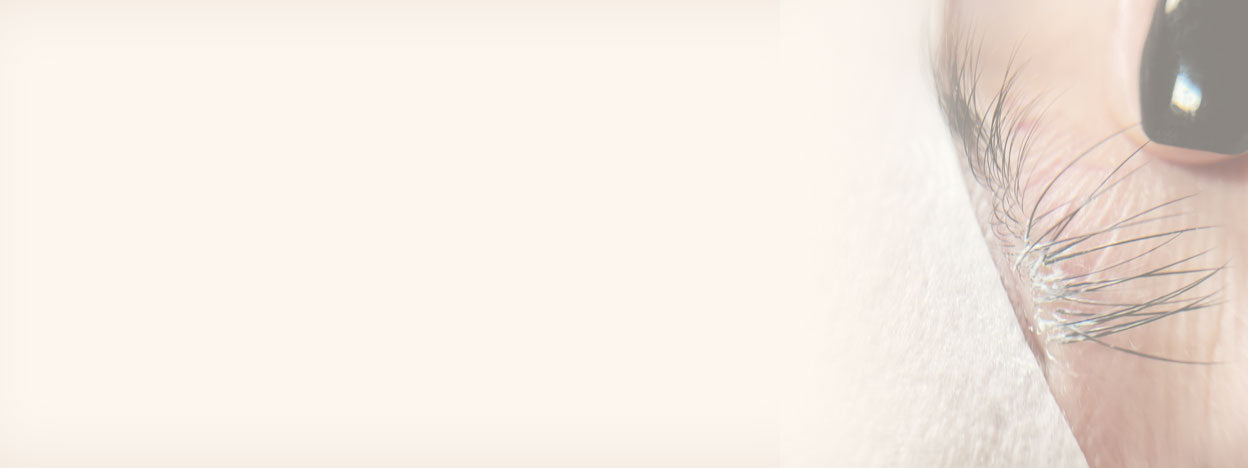
How to Avoid Shock Polymerization: Lash Glue Tips
The vast majority of eyelash extensions glue is black in colour, allowing it to blend in with the extensions and the natural lashes - then of course there are also clear glues on the market which are ideal to use for colourful lash looks. But, if you're working with lash glue that contains the black pigment, and it turns white - then that's an issue. So, what is shock polymerization, how can you avoid it, and how can you fix it? Keep tuned to find out...

Why is my lash glue turning white?
If your eyelash extension glue turns white on the lashes, jade stone or even on the nozzle, this is a result of shock polymerization - this means that it has come into contact with a high level of moisture. Cyanoacrylate - the main component of the vast majority of lash glues on the market - is cured by moisture so we do need a little bit to be present for it to cure well, but too much moisture will cause it to go into shock, which is not good for looks or for retention, as it causes the glue to become brittle instead of maintaining some level of flexibility.

Top Tips to Avoid Shock Polymerization:
Tip 1. Begin with the outer corners of the lashes
On the lashes, it’s most common for shock polymerisation to occur in the outer corners as the client’s eyes begin to water. To help prevent this, begin with the outer corners - it’s quite common for a client’s eyes to water towards the end of treatment due to the bright light, having to have their eyes closed for so long, glue fumes etc. - covering these lashes first gives the glue there a bit of time to cure before the eyes begin to water. Try to check from time to time during the treatment in case the eyes have begun to water, and blot the lashes with tissue just to keep the lashes as dry as possible.

Tip 2. Make sure lashes are dry
After completing your pretreatment, make sure the lashes are dry before you start applying extensions to avoid shock polymerisation on impact. For best results, complete your pretreatment and then draw your lash map onto the eyepatches to give the pretreatment a chance to dry.
Tip 3. Take care with Booster treatment
If you’re using Booster on the volume lash strips you’ll need to A. not use too much product on the lashes and B. wait for it to dry before you then dip it in the glue. Like with your pretreatment, complete this step and then draw your lash map to avoid putting liquid directly onto/into the glue.

Tip 4. Hold Nanomister away from lashes (if using)
If you’re going to use a nanomister (we’d recommend that you don’t, and opt for something like Superbonder instead) make sure you’re holding it at least a foot away from the lashes so that they get a light layer of increased humidity around them, rather than actual water droplets.
Tip 5. Keep lash glue nozzle away from moisture
If your white residue is on the nozzle of the glue and not the lashes, there are two things to keep in mind.
-
Your glue nozzle is coming into contact with moisture - it shouldn’t be. Make sure you’re always wiping your nozzle with a completely dry, lint free wipe and that your lid is replaced tightly. Store in an airtight container along with silica gel pouches (these are included with every bottle of glue) or even dry rice to absorb any moisture.
-
Your glue’s quality might be compromised. If your nozzle has come into contact with moisture, you can bet the glue itself has. If you go to dispense the glue and it’s stringy this will be why. If this happens, you can still use the glue for fan/placement practice, but it’s not worth using on a client as your retention WILL be affected.

Tip 5. Use Super Bonder Sealant
To avoid shock polymerization, we would adivse finishing up every lash treatment with Superbonder. Superbonder is a lash glue sealant which instantly cures the lash glue, without making the glue brittle, and without causing shock polymerization. Once you've applied all of the lash extensions, and done your stickies check of course, go ahead and grab your Superbonder and two microfibre brushes. Apply a drop of the Superbonder to the brushes, dab off the excess onto a tissue, and dab it along the glue bonds so that it instantly cures. The glue bond remain flexible and move with the lash extensions, resulting in increased retention - It's like magic!
If you don't use Superbonder, you run the risk of brittle or shock polymerized glue, which isn't going to do you any favors as far as retention goes. Think of it visually, if the lash glue stays in place, rather than moving in harmony with the lashes, you'll likely see that the lashes will start to ping straight off! Not only this, the glue cure may begin to cure before it's even had the chance to form a strong bond between the natural lash and the extension. Superbonder to the rescue!

So, How Do You Fix Shock Polymerisation During A Lash Set?
There’s not really a quick fix, you just have to remove the lashes with the shock around them. Using the banana peel method here won’t cut it, unfortunately as the white residue caused by shock polymerisation is very apparent and spreads a bit. You’ll need to use glue remover.
To avoid getting remover on those lashes that aren’t suffering from shock, you’re going to use tape. Take a length of tape and put it between the lashes with shock polymerisation and you’re going to rest it against the lashes, with the sticky side facing the lashes without shock on them. Pull those lashes aside, sticking the ends of the tape down, whilst letting the middle of the tape just rest against the lashes and hold them aside. Now, take a small amount of Remover with a microfibre brush and dab it onto the white glue residue. Leave it to do its magic.
TOP TIP: It’s really important at this stage that you make sure ALL the glue residue is gone before you go in with anything wet, such as Protein Remover Pads, as this will cause the residue to shock again, and you’re back to square one.
Now, you’re going to redo your pre-treatment on these lashes, and you’re going to reapply the lashes there. Make sure they’re completely dry, of course, and make absolutely sure to check for stickies there!

I Got White Residue During A Lash Removal! Why?
As we touched upon above, if you’re removing lashes you’re making the glue wet again as the remover breaks down the glue. That means that if it comes into contact with water again, it will be shock polymerized. Make absolutely sure you have removed all glue residue from the lashes with a tissue before you clean them with anything wet. If you do happen to get a bit of white residue at this step, add a little bit of remover, let it break down, wipe it away completely and then clean.

We hope this was helpful for you! Shock polymerisation often looks worse than it is - as long as you keep your cool, you’ll be able to avoid it and fix it if it does show up in your lash set!
Check out these featured products
Subscribe
Sign up to get the latest on sales, new releases and more …



